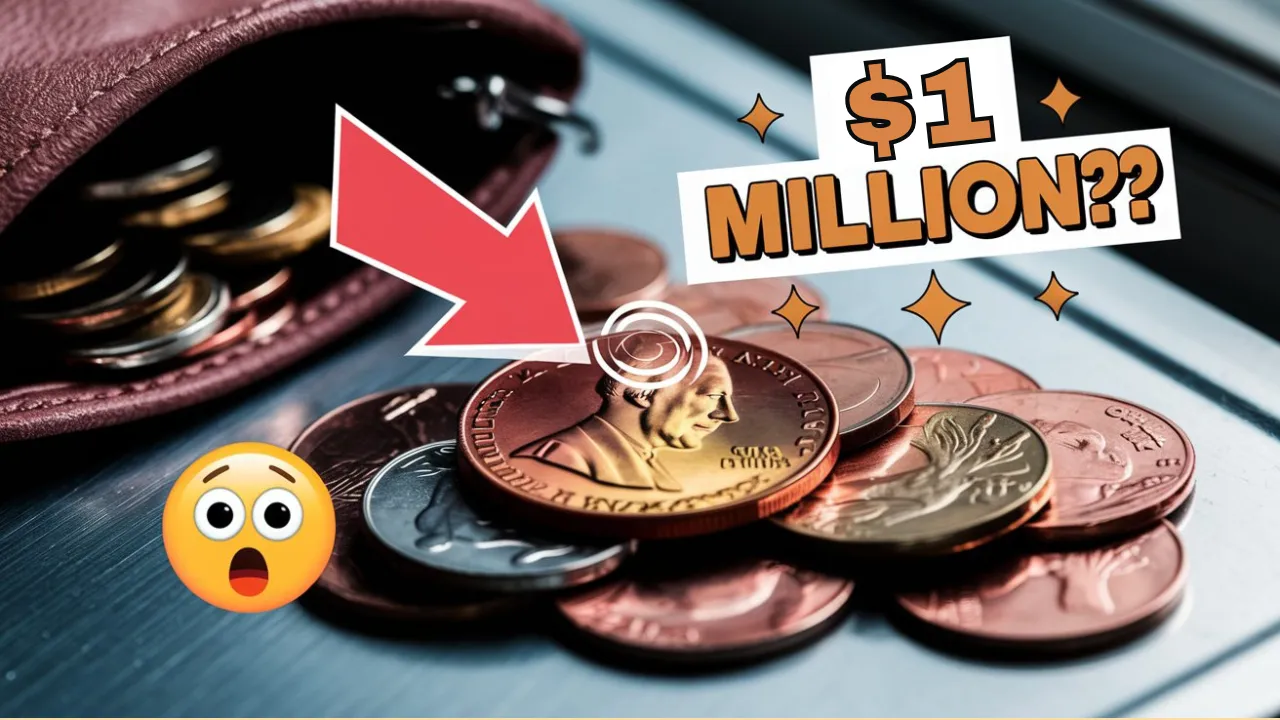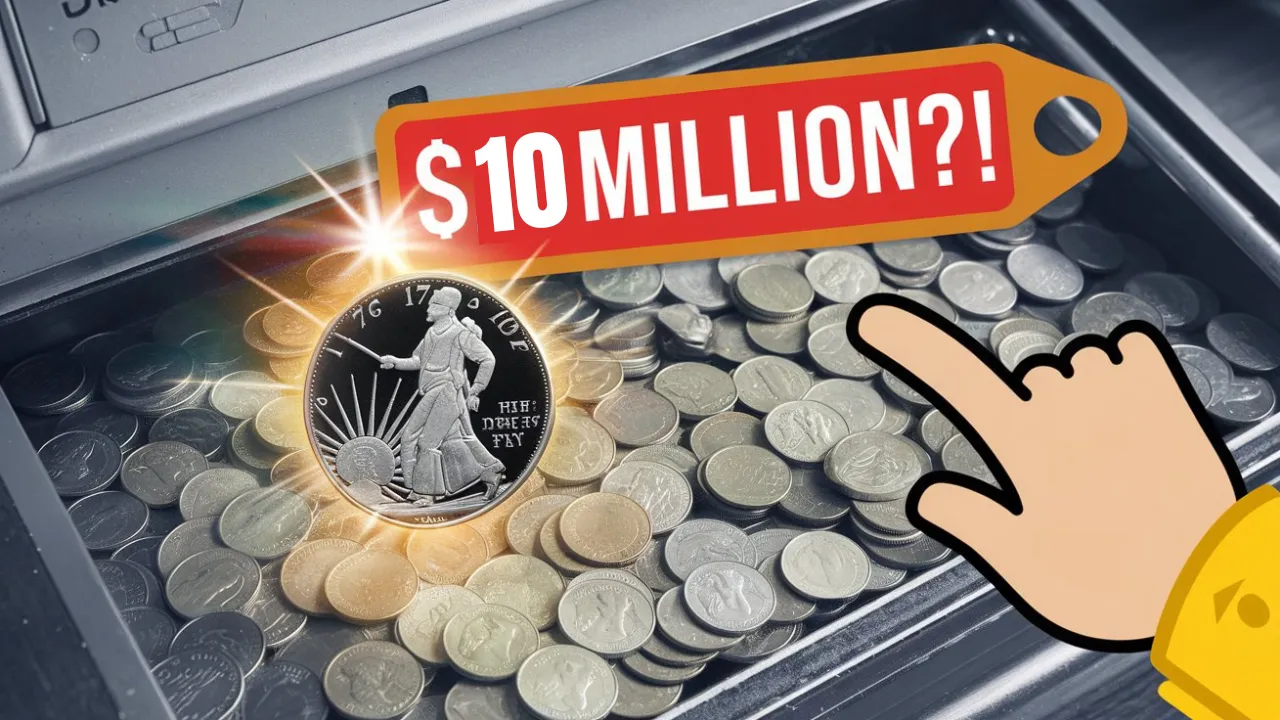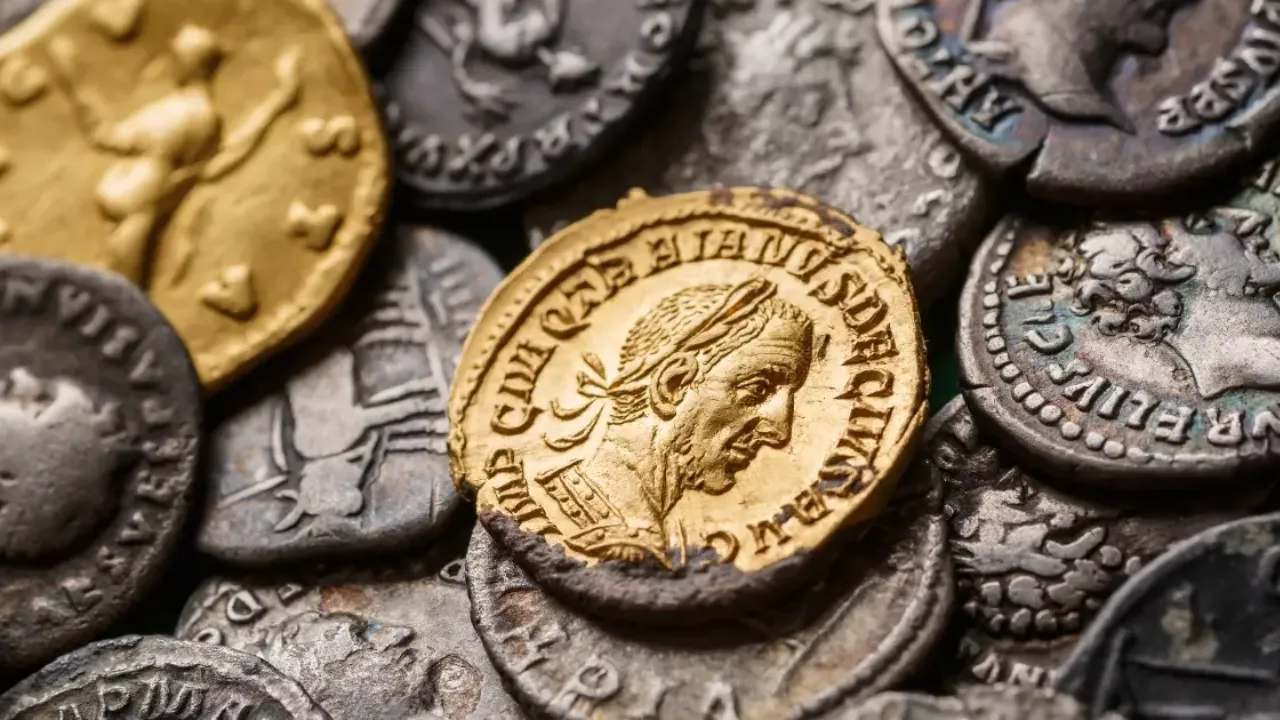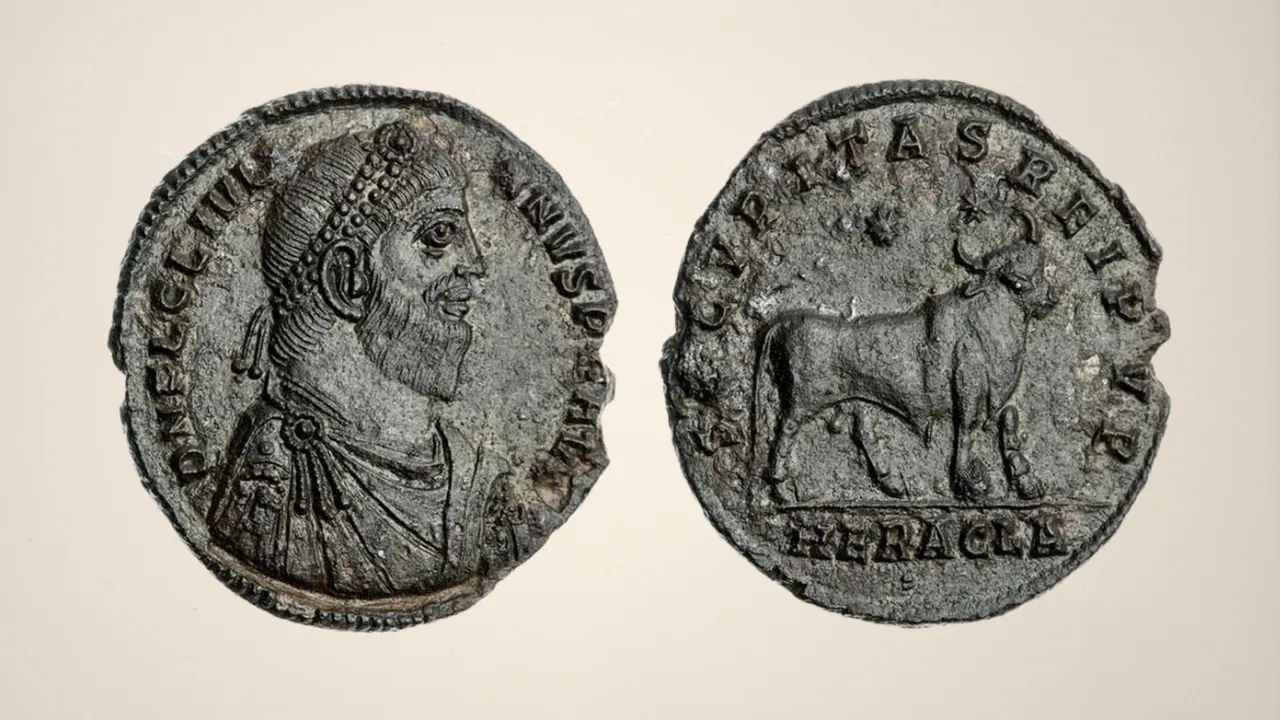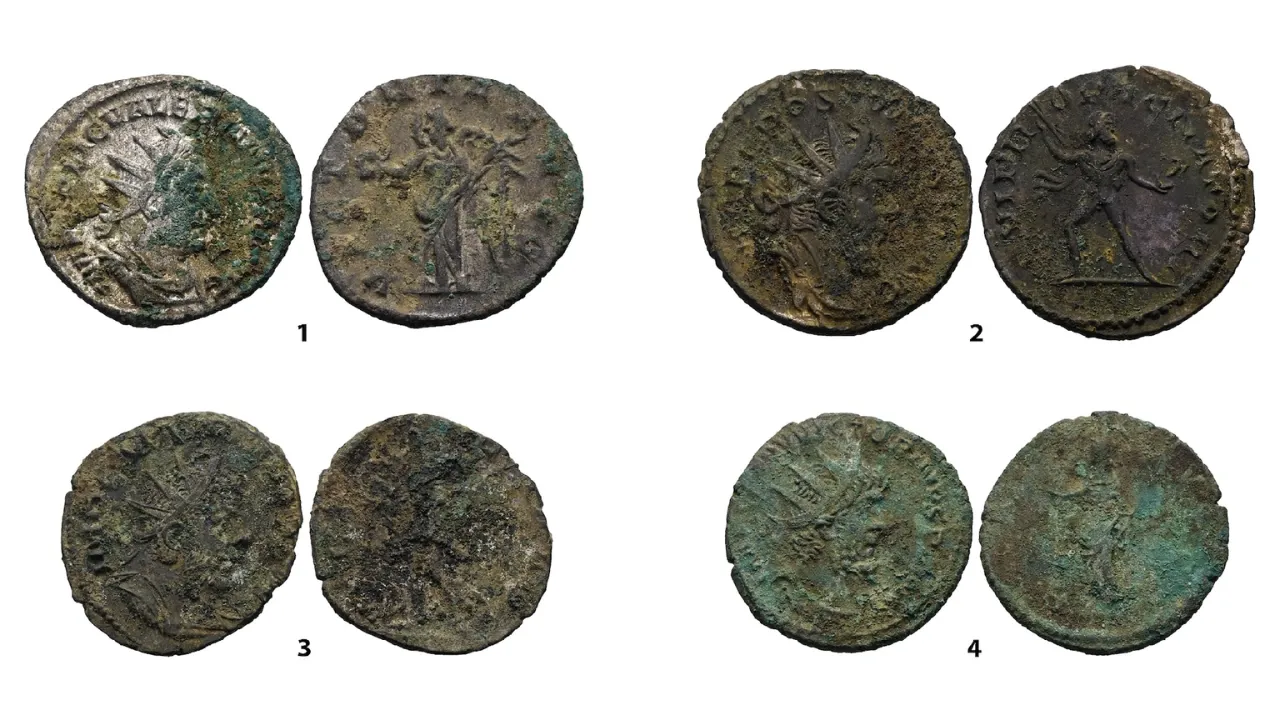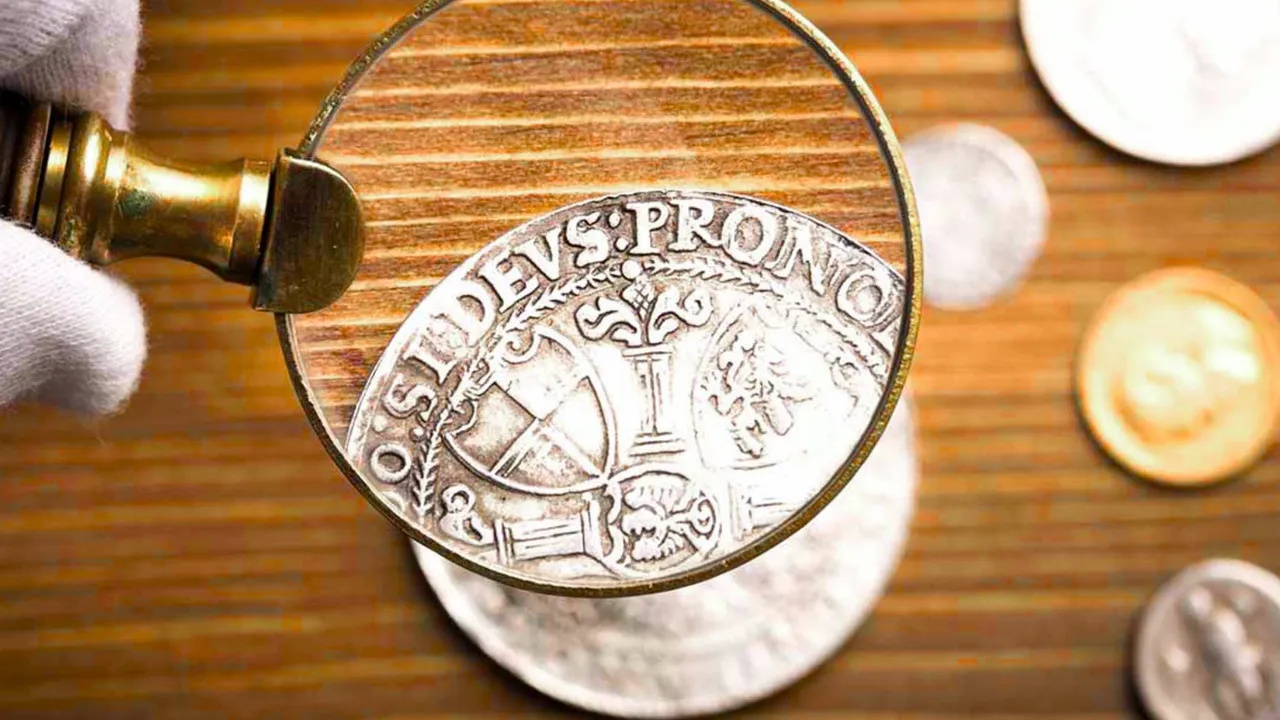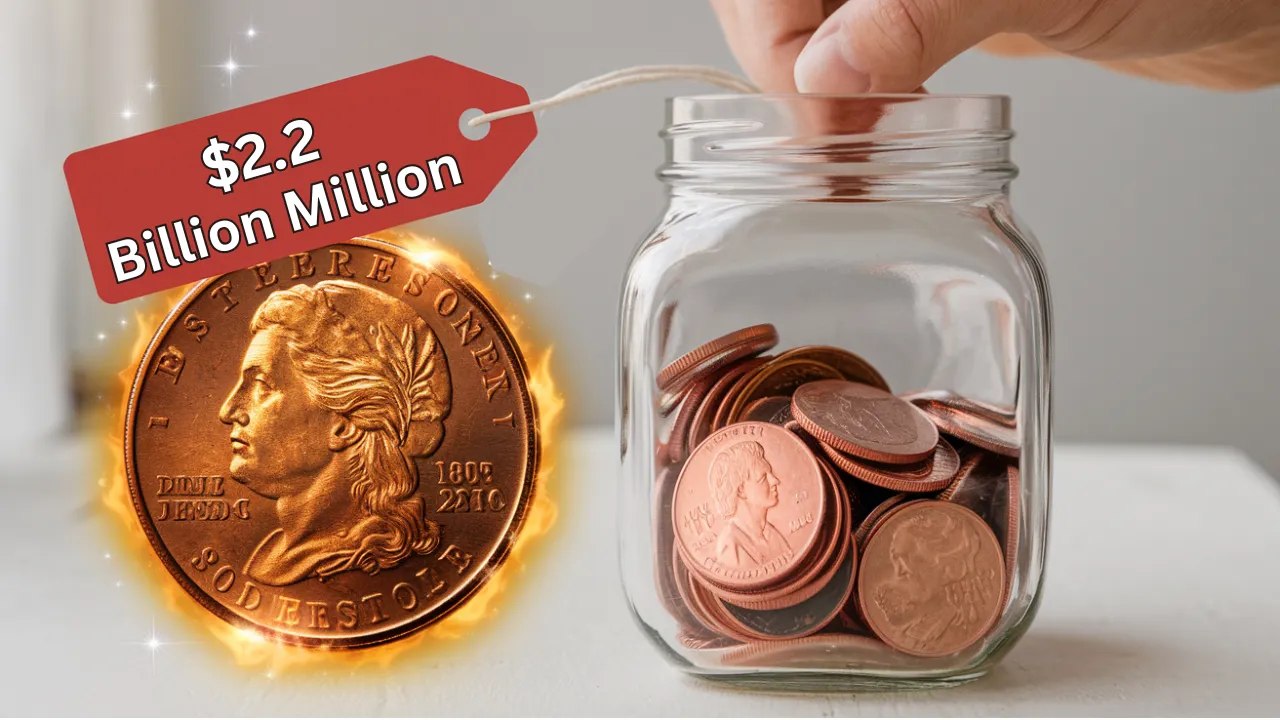The Lincoln Wheat Penny Valued at $1 Million: The Lincoln Wheat Penny isn’t just another coin in your pocket change—it’s a piece of American history and, for a lucky few, a ticket to fortune. While most pennies are only worth one cent, some rare versions have fetched over $1 million at auctions. These extraordinary coins aren’t locked away in museums or private vaults—they might still be hiding in jars, wallets, or old piggy banks, waiting to be discovered.
In this article, we’ll explore the fascinating history of the Lincoln Wheat Penny, the rare editions that have reached astonishing values, and how wartime mistakes played a major role in creating these numismatic treasures. Whether you’re a coin collector or just someone curious about your spare change, this guide will help you understand what makes certain Lincoln Wheat Pennies so valuable and how you can spot one.
Overview Table: Key Highlights of Rare Lincoln Wheat Pennies
| Aspect | Details |
| Significance | Iconic U.S. coin honoring Abraham Lincoln, first minted in 1909. |
| Most Valuable Coin | 1943-D Bronze Cent, valued over $1 million. |
| Rare Variants | 1943 Bronze Cent, 1944 Steel Cent, 1955 & 1969-S Doubled Die. |
| Key Factor for Value | Rarity, historical error, mint location, coin condition. |
| Preservation Tip | Use coin holders, avoid touching surfaces directly. |
| Collectors’ Goal | Find hidden treasures still circulating today. |
The Birth of the Lincoln Wheat Penny
Introduced in 1909, the Lincoln Wheat Penny was designed by Victor David Brenner to honor the 100th anniversary of Abraham Lincoln’s birth. It was the first U.S. coin to feature a real person’s portrait, breaking away from traditional coin designs featuring symbolic figures.
The coin’s obverse displays Lincoln’s profile, while the reverse showcases two wheat stalks framing the words “One Cent.” Although millions of these pennies were produced over the years, specific editions have become extremely valuable due to errors, limited production, or historical significance.
Wartime Changes: How Steel Pennies Came to Be
During World War II, copper was a critical material for making military equipment, including bullets and communication wires. In 1943, the U.S. Mint made the bold decision to replace copper in pennies with zinc-coated steel to conserve resources for the war effort.
This change resulted in a completely different look and feel for the penny. However, a few leftover bronze planchets from 1942 accidentally made their way into the minting presses, leading to the creation of the now-famous 1943 Bronze Cent—one of the rarest and most valuable coins in American history.
The Legendary 1943 Bronze Cent: A Million-Dollar Mistake
The 1943 Bronze Lincoln Wheat Penny is the result of an unexpected error. While most 1943 pennies were struck in steel, a few bronze blanks from the previous year remained in the minting machinery. These bronze coins were accidentally pressed with the 1943 date, creating an exceptionally rare penny.
- Rarity: Only a handful of these bronze coins are known to exist.
- Highest Sale Price: The 1943-D Bronze Cent from the Denver Mint sold for $840,000 and is expected to surpass $1 million in future auctions.
Collectors prize these coins not only for their value but also for their historical significance. They stand as symbols of wartime ingenuity and human error.
The 1944 Steel Penny: Another Unexpected Error
When the U.S. Mint switched back to copper in 1944, some leftover steel planchets from 1943 remained in the minting presses. These planchets were struck with the new 1944 date, creating another rare coin: the 1944 Steel Lincoln Penny.
- Unique Composition: These coins are made from steel instead of copper, defying the year’s standard minting material.
- Value: A well-preserved 1944 Steel Penny has sold for up to $373,750 at auction.
This error coin serves as another reminder of how even small oversights can lead to significant treasures in the world of coin collecting.
Other Rare Lincoln Wheat Penny Errors Worth Noting
Aside from the famous wartime coins, several other Lincoln Wheat Penny errors are highly valuable:
- 1955 Doubled Die Penny: Known for its noticeable doubling on the date and lettering, this coin has been sold for as much as $125,000.
- 1969-S Doubled Die Penny: Another doubled die error, this coin has reached values as high as $700,000 in pristine condition.
These error coins demonstrate that small imperfections can turn ordinary pennies into extraordinary finds.
What Makes a Lincoln Wheat Penny Valuable?
The value of a Lincoln Wheat Penny depends on several critical factors:
- Rarity: The scarcer the coin, the higher its value.
- Condition: Coins in mint condition command higher prices.
- Historical Context: Coins tied to significant historical events carry extra value.
- Mint Mark: Coins minted in specific locations, like Denver or San Francisco, can be more valuable.
- Authentication: Professional grading services confirm a coin’s authenticity and condition.
How to Preserve a Rare Lincoln Wheat Penny
Owning a rare Lincoln Wheat Penny is like holding a small piece of treasure. Proper care and preservation are essential:
- Handle with Care: Always hold coins by their edges to avoid fingerprints or damage.
- Use Protective Holders: Store coins in climate-controlled, acid-free coin holders.
- Professional Grading: Have your rare coins authenticated and graded by trusted services like PCGS or NGC.
Taking these steps ensures that your valuable penny maintains its condition and value over time.
Are Rare Lincoln Wheat Pennies Still in Circulation?
Believe it or not, some of these rare pennies are still out there—hiding in old jars, forgotten in attic boxes, or mixed in with loose change. Coin enthusiasts and collectors regularly hunt for these hidden gems, and every so often, a rare penny resurfaces.
The story of the Lincoln Wheat Penny reminds us that extraordinary treasures can sometimes be found in the most ordinary places.
FAQs About the Lincoln Wheat Penny
1. How can I tell if I have a rare Lincoln Wheat Penny?
Look for key dates like 1943 (bronze) or 1944 (steel) and check for errors like doubled dies.
2. What is the most expensive Lincoln Wheat Penny ever sold?
The 1943-D Bronze Cent, which sold for $840,000.
3. Are rare Lincoln Wheat Pennies still in circulation?
Yes, it’s possible to find rare pennies in circulation or old coin collections.
4. Where can I sell a rare Lincoln Wheat Penny?
You can sell them through reputable auction houses or certified numismatic dealers.
5. How should I store my valuable penny?
Use coin holders, avoid direct handling, and keep them in a cool, dry place.
Final Thoughts
The Lincoln Wheat Penny is more than just a coin—it’s a story of history, human error, and hidden treasures. Whether you’re a dedicated collector or someone casually inspecting pocket change, every penny could hold the potential for discovery.
If you found this article helpful, feel free to share it with fellow enthusiasts or leave a comment below. Happy hunting!
